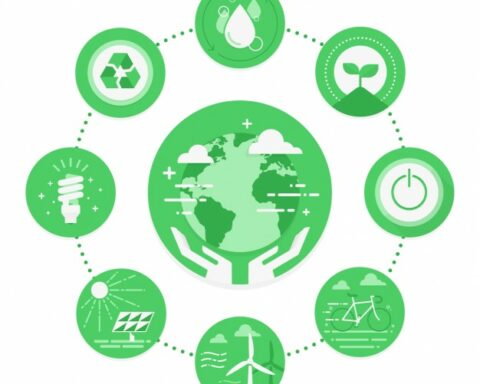Achieving net-zero CO2 emissions in every sector is a crucial part of global efforts to combat climate change and limit global warming. This goal involves minimizing the total amount of carbon dioxide (CO2) emitted by a particular sector and offsetting it through actions that help achieve a balance so that net emissions are zero. Here are some key sectors where this goal applies:
Energy: The energy sector is one of the largest sources of CO2 emissions globally, primarily due to the use of fossil fuels such as coal, oil, and natural gas. Achieving net-zero emissions in the energy sector involves transitioning to renewable energy sources like solar and wind power, as well as reducing emissions in existing power plants and improving energy efficiency.
Transportation: Transportation is another major sector for CO2 emissions, especially from the use of gasoline and diesel in cars, trucks, and airplanes. The goal is to transition to electric vehicles, improve public transportation, increase fuel efficiency, and make the aviation industry more sustainable.
Industry: The industrial sector emits CO2 due to processes such as cement production, steel manufacturing, and chemical fabrication. Measures include implementing new emission-reduction technologies, using green energy in production processes, and reducing waste.
Agriculture: Agriculture contributes to greenhouse gas emissions, including methane and nitrous oxide, in addition to CO2. Achieving net-zero emissions in agriculture involves adopting more sustainable practices, such as improved soil management, reduced livestock emissions, and decreased fertilizer use.
Forestry and Reforestation: Conservation of existing forests and reforestation efforts can help sequester CO2 emissions because trees absorb and store CO2 from the atmosphere.
Built Environment: The construction sector can contribute to net-zero CO2 emissions by designing and building energy-efficient buildings and renovating existing structures to reduce energy consumption.
Waste Management: Improvements in waste processing and recycling can reduce greenhouse gas emissions, particularly methane from landfills.
Achieving net-zero CO2 emissions in every sector requires collaboration at the global, national, and local levels. It involves policy measures, technological innovations, behavioral changes, and investments in sustainable solutions. It is an ambitious but crucial goal to mitigate the impacts of climate change and keep the planet habitable for future generations.





